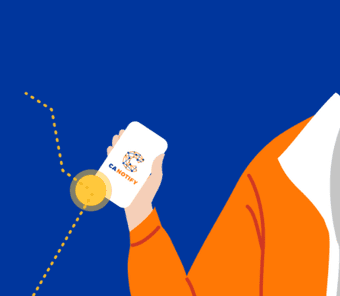If someone tests positive, that person should receive a code to enter into the app, which will then alert the phones that had been in proximity. The point of the alerts is to notify everyone an infected person may have interacted with as quickly as possible so they can stay away from other people and get tested ASAP.
Have you signed up yet? Let us know in the comments.
Jennifer Valentino-DeVries, an investigative reporter for the The New York Times, said people “should think about this virus alert technology as something that helps alleviate the burden on contact tracing by humans. If more people in California elect to use these alerts, maybe contact tracers can or should devote more time to people who aren’t aware of or able to use the smartphone alerts.”
The app is based on technology called Exposure Notifications Express from Apple and Google. The companies push notifications to everyone’s phones to encourage people to download the health department’s exposure notification app or to change the phone’s settings to turn on the technology.
Such apps have proven to be a bit of a tough sell, but pilot studies have shown that the technology has been able to slow the rate of transmission with the help of exposure alerts. Valentino-DeVries recently wrote about the effectiveness and shortcomings of these virus exposure alert notifications.
Data from places like Arizona and Switzerland show that these technologies can correctly notify those who have been exposed to infected people. If you combine effective testing, masks, contact tracing by humans and these automated exposure alerts, you can make a big impact.
Valentino-DeVries says “this particular tech from Apple and Google is so well designed that I’m not sure I would even call it ‘surveillance.’ It isn’t collecting location data or data from your contacts, and information about your network isn’t stored by the government or a tech company. It relies on Bluetooth to detect which phones have been near one another for more than a few minutes.”

